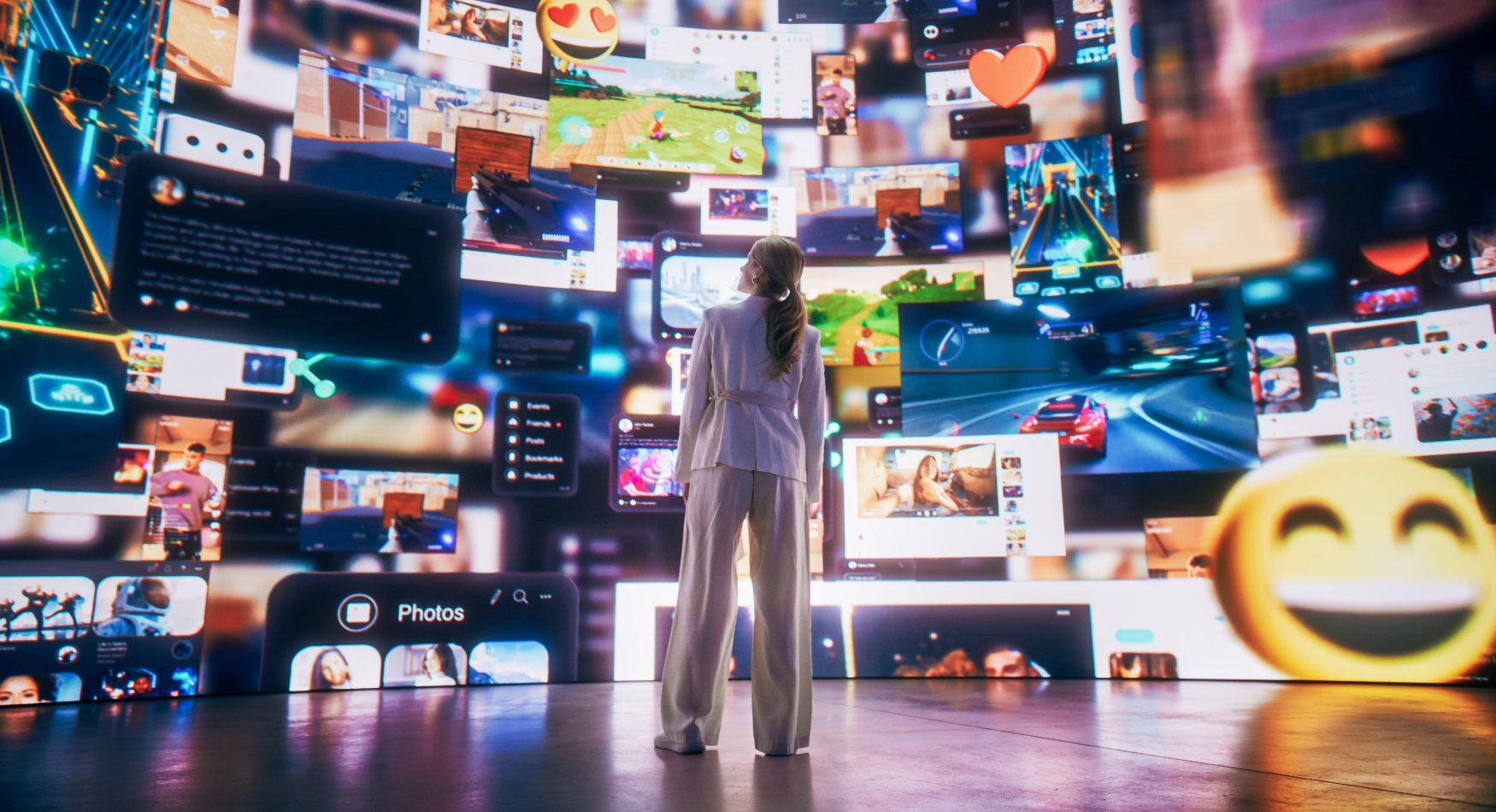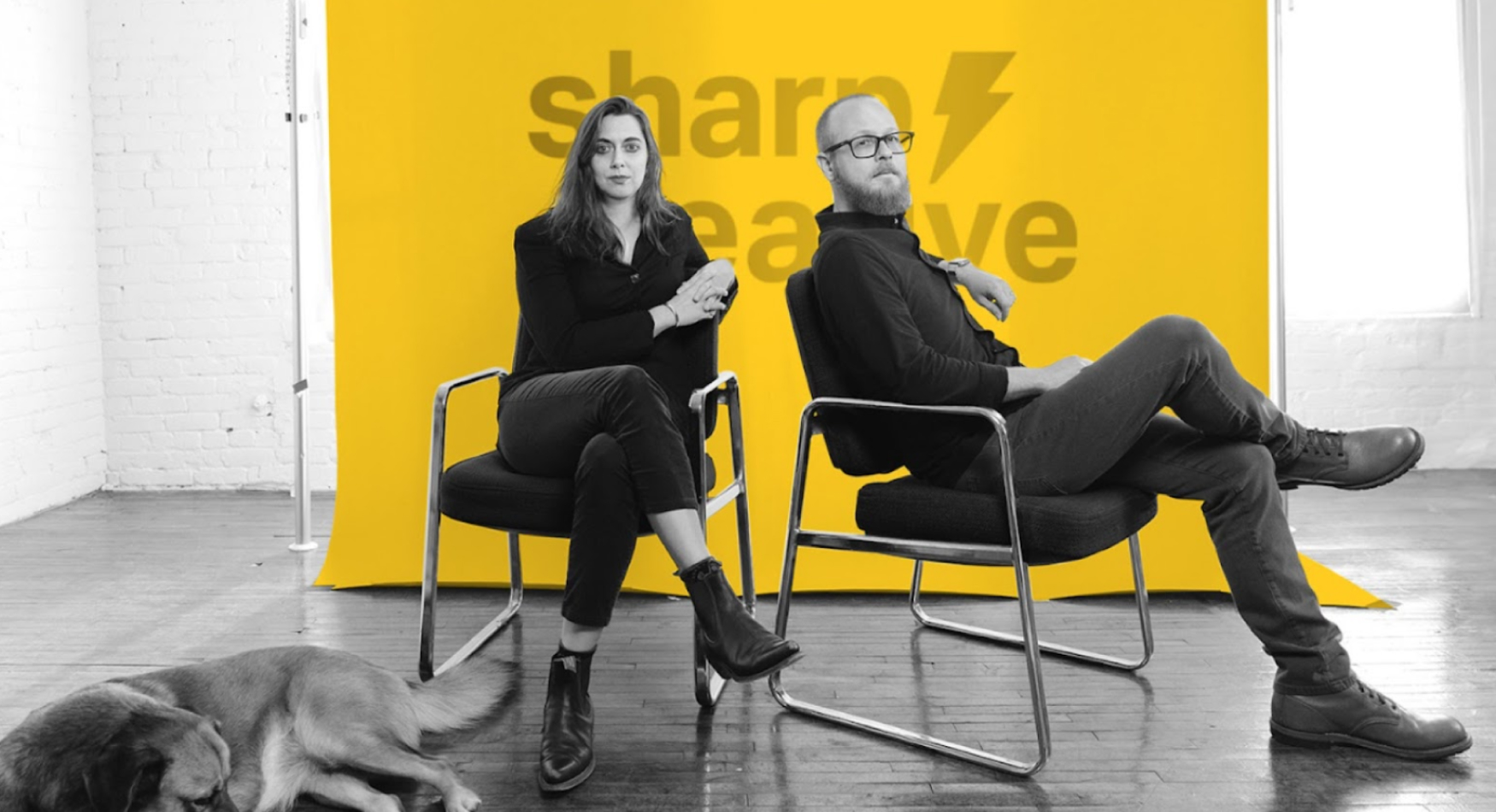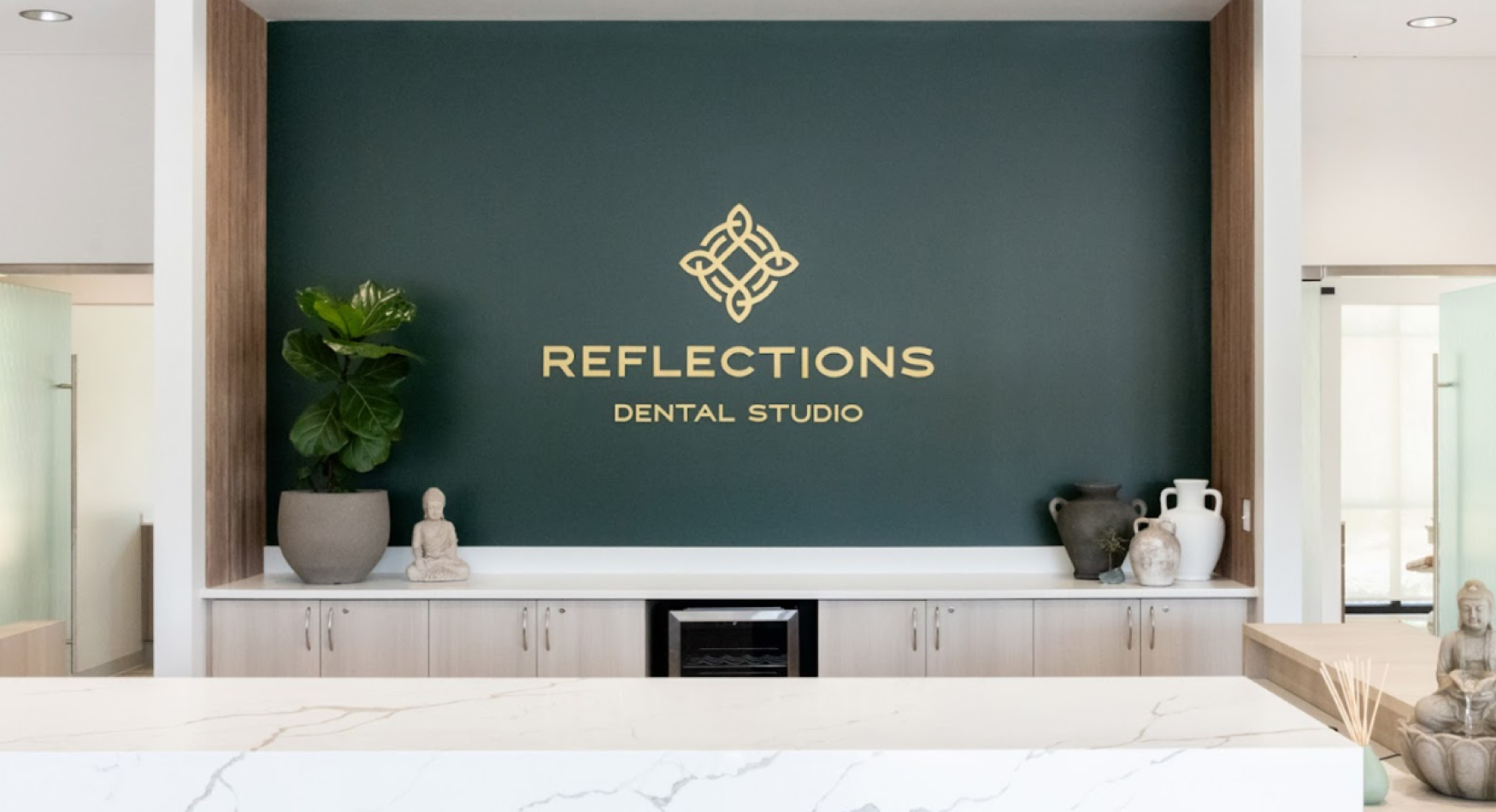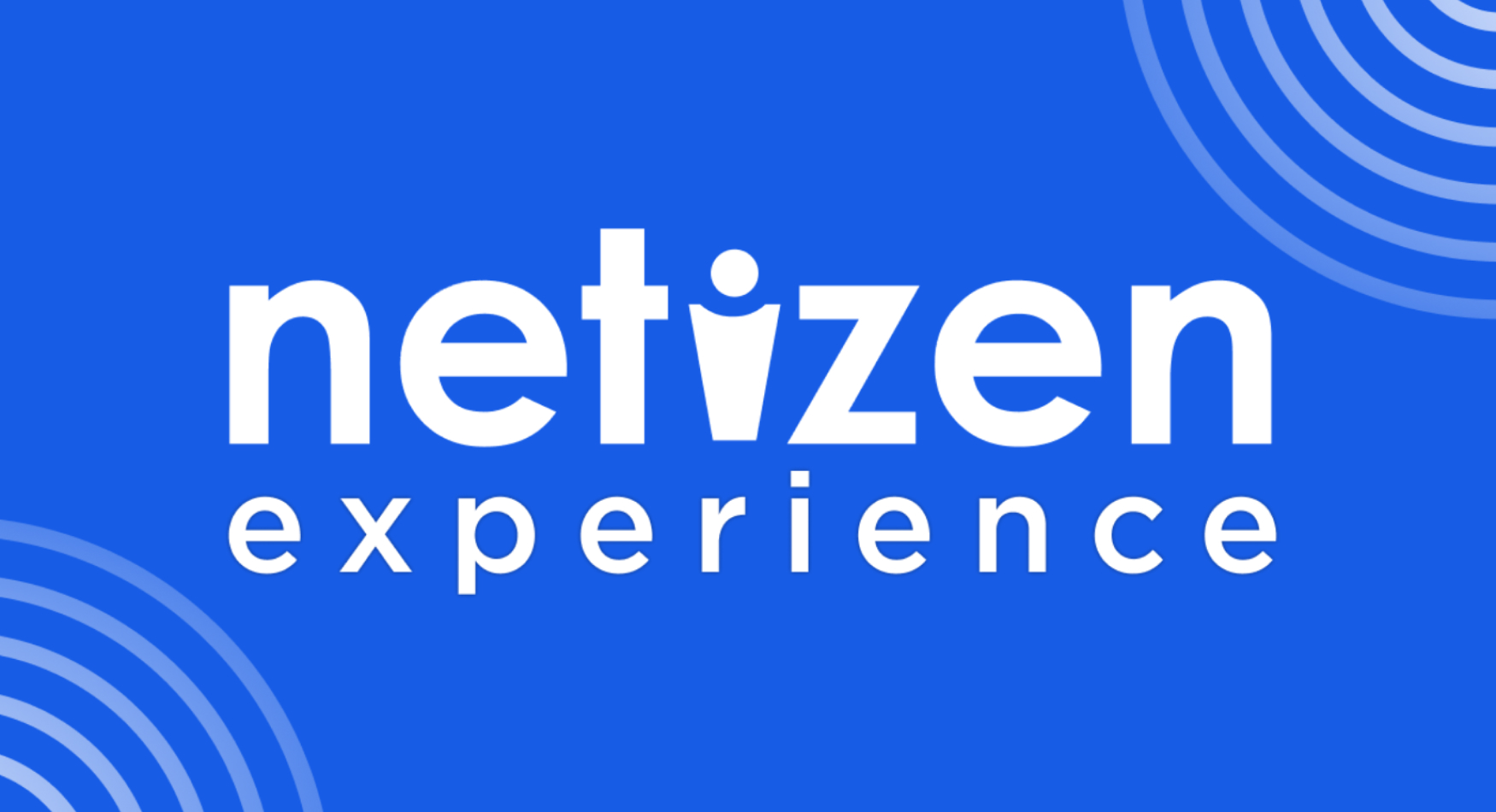Generative AI is reshaping the creative landscape, blurring the line between human ingenuity and machine intelligence. In 2024, this technology has emerged as a powerhouse for content creation, enabling marketers, designers, and creators to produce high-quality content faster and more efficiently than ever before. From copywriting to visual design and music composition, AI tools are transforming how brands communicate, innovate, and captivate audiences.
The Rise of Generative AI in Content Creation
Generative AI refers to algorithms that create new content based on patterns learned from vast datasets. Tools like ChatGPT, DALL·E, and MidJourney have made AI more accessible, empowering users to generate text, images, and videos with ease.
- Text-Based AI Tools: Applications like Jasper and Copy.ai streamline content marketing by generating blog posts, ad copy, and email campaigns in seconds.
- Visual AI Tools: Platforms like Canva and Adobe Firefly enable designers to create graphics, logos, and marketing materials quickly.
- Audio and Video AI Tools: Tools such as Descript and Pictory simplify podcast editing and video scripting.
How AI Enhances Creativity
1. Efficiency and Scale
AI eliminates repetitive tasks, allowing creators to focus on strategy and ideation. Marketers can produce multiple variations of ads or social media posts within minutes, saving time and resources.
2. Personalization
Generative AI enables hyper-personalized messaging by analyzing user data and generating targeted content tailored to specific audiences.
3. Prototyping and Ideation
Designers use AI to experiment with ideas, develop prototypes, and refine visual concepts quickly. AI-generated drafts serve as inspiration, pushing creative boundaries.
4. Collaboration with Human Creativity
AI acts as a collaborative partner, not a replacement. It complements human input by providing suggestions, identifying trends, and enhancing creative workflows.
Industry Applications
Marketing and Advertising
Brands use AI to create compelling ad campaigns, optimize SEO strategies, and generate interactive social media content. Dynamic ads adapt to user behavior, improving engagement rates.
Publishing and Journalism
AI assists in drafting articles, headlines, and summaries. News organizations leverage AI for faster reporting and content syndication.
Film, Music, and Art
AI-generated visuals and music compositions push artistic expression to new heights. Filmmakers and musicians use AI tools for editing, sound design, and special effects.
Ethical Considerations and Challenges
While generative AI opens new creative possibilities, it also raises ethical concerns:
- Originality and Ownership: Who owns AI-generated content, and how is copyright handled?
- Bias and Fairness: AI models can perpetuate biases present in training data, impacting representation.
- Job Displacement: AI’s efficiency raises fears about job security in creative industries.
The Future of AI-Powered Creativity
2025 Predictions:
- Smarter Tools: AI will become more intuitive, integrating deeper contextual understanding for natural language processing and visual design.
- Interactive Experiences: AR and VR will merge with AI to create fully immersive brand experiences.
- Custom AI Models: Businesses will train proprietary AI models tailored to their brand voice and creative style.
- Ethical Frameworks: More regulations and ethical guidelines will emerge to address concerns about data privacy and content ownership.
Generative AI is not just redefining content creation—it’s unlocking entirely new avenues for innovation and storytelling. As we move toward 2025, brands and creators must embrace AI as a collaborative tool to enhance creativity, efficiency, and personalization. The future of content is AI-powered, and those who adapt will lead the way in shaping this exciting evolution.









